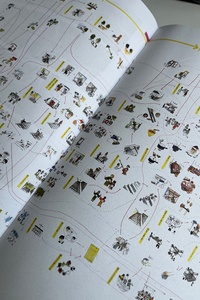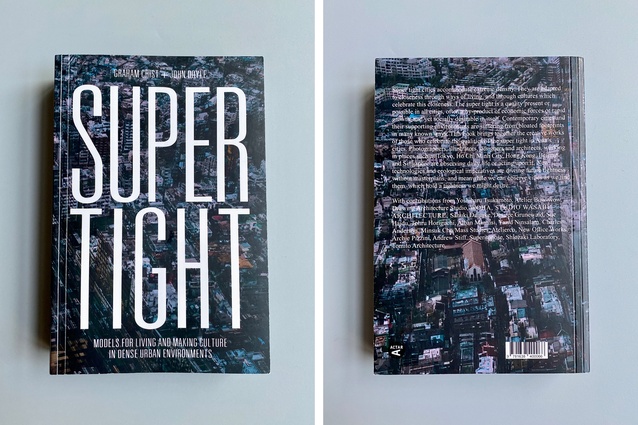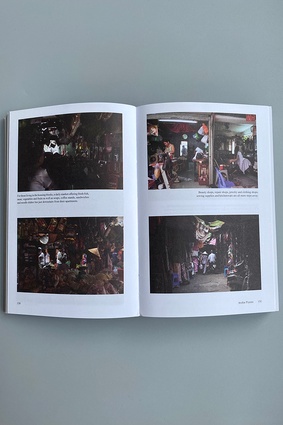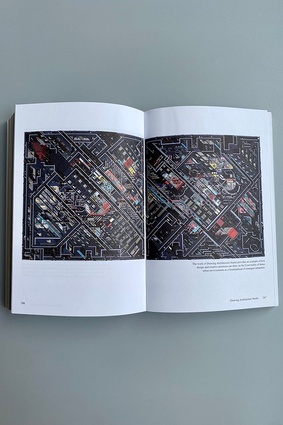Supertight: Models for Living and Making Culture in Dense Urban Environments.
A new book by Australian architects Graham Crist and John Doyle, challenges Australasian views of high density living through their research in high-density environments in Asia.
The super-tight is a quality present or possible in all cities, often a by-product of economic forces or rapid growth, and yet socially desirable in itself.
The rapidly growing large cities of Asia are critical to understanding our future footprint. Asian cities provide insights into new ways of being densely urbanised.
The by-product of this unprecedented metropolitan convergence will be the emergence of new urbanisms and new architectures — new models for living and making culture.

‘Supertight’ refers to the small, intense, robust and hyper-condensed spaces that emerge as a by-product of extreme levels of urban density. Tightness arises as consequence of density, but tightness itself is not density. Tightness is a series of social, economic and cultural practices that have developed in cities as a response to the rapid growth and consolidation of cities.
While architectural models of density have been heavily explored, this project investigates the culture of tightness that has emerged in Asian cities over the past thirty years, and the role that designers play in the material and social behaviours of tightness.
To be tight is to be small and constrained, but also to be open to the economies and social intimacy of being close.
Ultimately this project aims to unpack and convey both the delight and difficulty that emerges through the close occupation of large cities.
Actar Publishers have kindly offered an exclusive 15% discount to our readers on Supertight: Models for Living and Making Culture in Dense Urban Environments. Use code supertight15 before 30 June 2023 to secure your discount. An ebook version and hard copies are also available on Amazon.
ABOUT THE AUTHORS

Graham Crist is currently director of RMIT’s Practice Based Research Symposium PhD program in Asia and directs international engagement and recruitment for the architecture discipline. He is formerly discipline head of the RMIT Master of Architecture program in Vietnam, and of the Master of Architecture program in Melbourne.
John Doyle is a permanent faculty member and Senior Lecturer in the Architecture and Urban Design Programs at RMIT University. He is a practising architect and a director of COMMON. He has taught at numerous schools in Australia and internationally.













